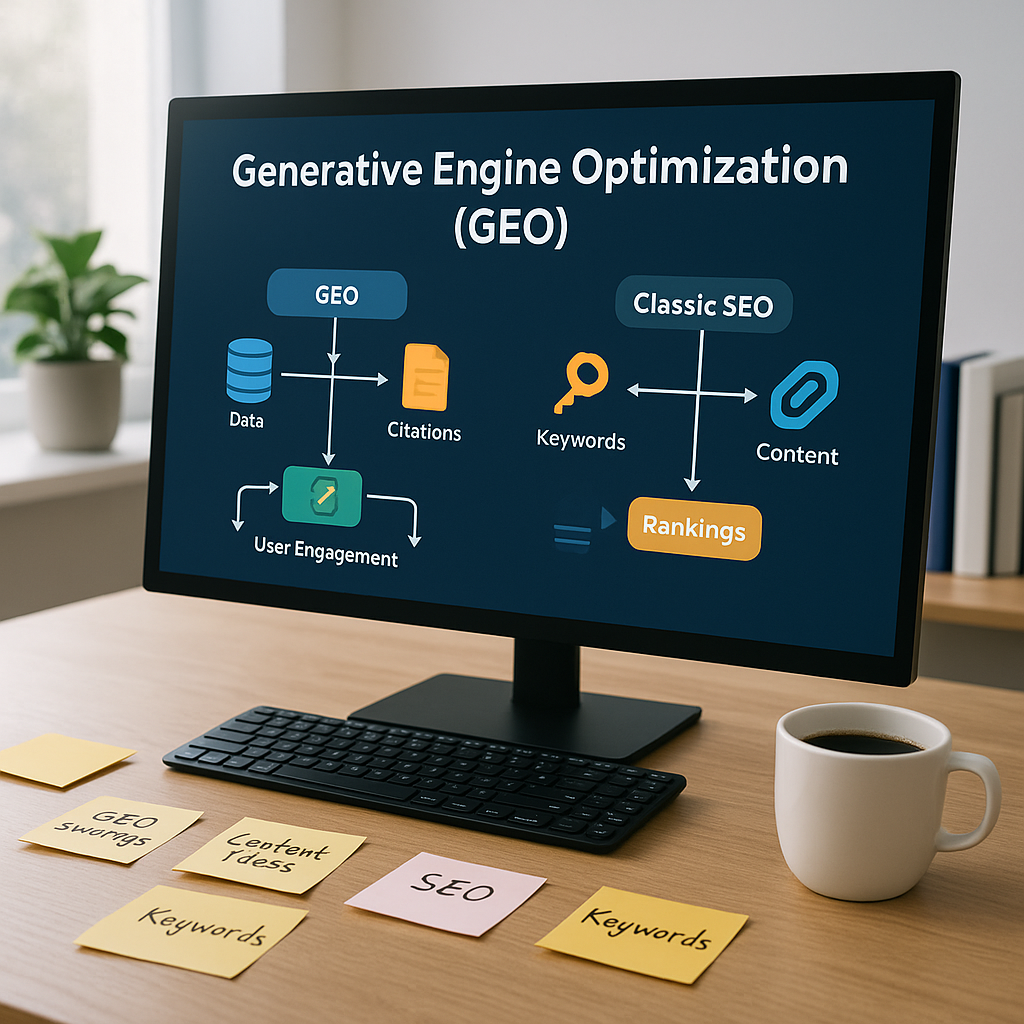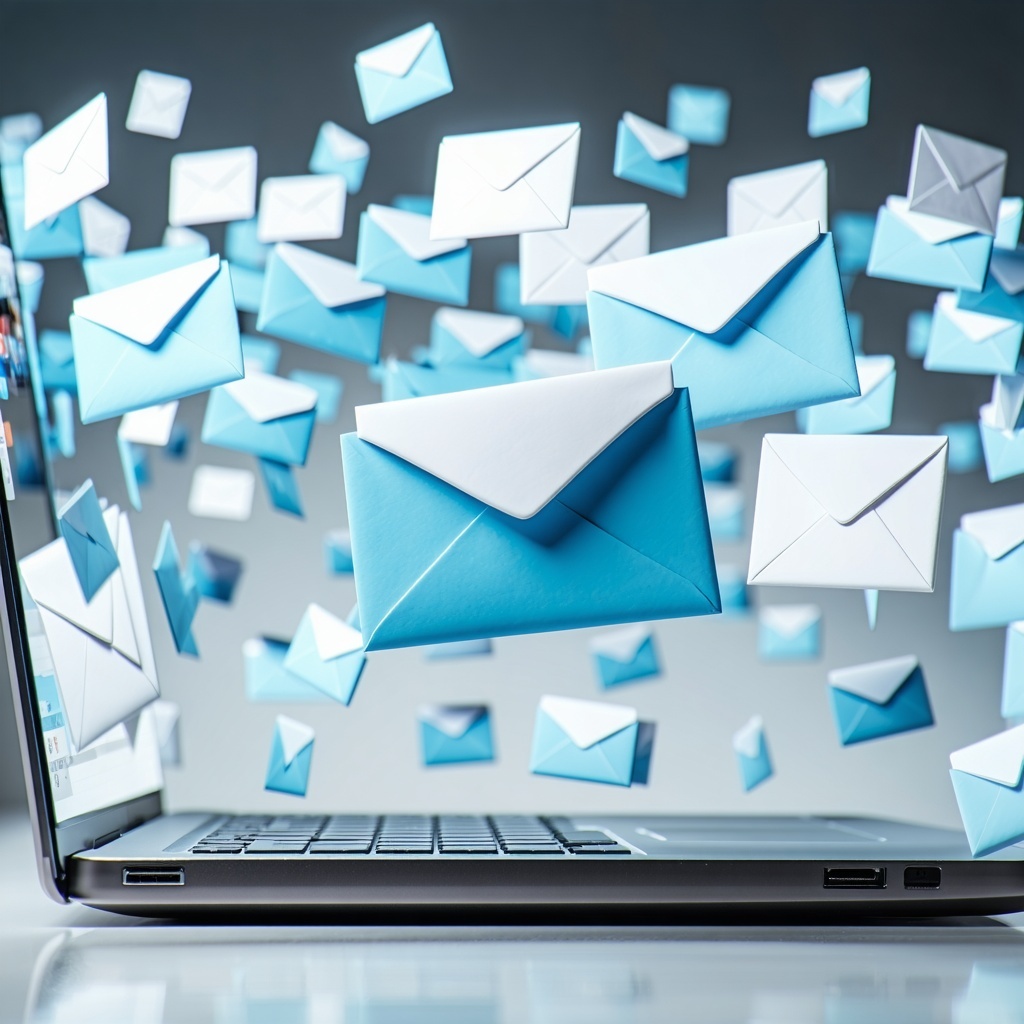
Why Your Marketing Emails Aren’t Reaching Inboxes Anymore

Why Your Marketing Emails Aren’t Reaching Inboxes Anymore — And What to Do About It
By Uku Lab
For years, email has been a cornerstone of digital marketing strategies for tech companies. It’s cost-effective, scalable, and when done well, incredibly powerful for nurturing leads and driving conversions. But over the past year, many marketers have noticed a frustrating trend: open rates are dropping, engagement is waning, and emails that once landed comfortably in the inbox are now vanishing into spam folders—or worse, never showing up at all.
What’s going on? In short, AI is reshaping how inboxes work. And marketers need to catch up.
The Great Inbox Lockdown: What’s Changed?
Email providers like Google, Microsoft, and Apple are using increasingly advanced artificial intelligence to filter out what they consider “non-essential” or “unwanted” emails. The algorithms are no longer just looking for obvious spam signals. They’re evaluating engagement history, sender reputation, message formatting, domain authentication, and even semantic tone to decide what deserves inbox placement.
Marketing emails are getting caught in this tightening filter, especially if:
- Your open and click rates have declined.
- You’re sending from a shared IP or a cold domain.
- Your messages resemble promotional content (even if they’re helpful).
- You don’t follow modern authentication protocols (SPF, DKIM, DMARC).
To make matters worse, many AI spam filters now predict what a recipient will engage with based on past behavior. If your recipients haven’t opened your emails lately, future ones may be buried automatically.
The New Rules of Deliverability
It’s no longer enough to avoid spammy words or buy a decent list. If you want to land in the inbox today, you need to rethink your entire email marketing strategy with deliverability in mind. Here’s how:
1. Warm Up Your Domain
If you’re launching email campaigns from a new domain or subdomain, don’t start blasting. Start slow. Send emails to engaged contacts, gradually increasing volume over a few weeks. This builds sender reputation with inbox providers.
2. Use Custom Authentication
SPF, DKIM, and DMARC are no longer optional. These authentication protocols tell inbox providers, “Yes, this email is really from us.” Without them, your emails look suspicious, even if they’re not.
3. Segment Ruthlessly
Sending to unengaged recipients can kill your deliverability. Segment by engagement history. Only send marketing campaigns to people who’ve opened or clicked in the last 60-90 days. Create win-back flows for everyone else.
4. Personalize Like a Human
AI filters can now detect robotic, templated messaging. Your emails should sound like they were written by a human, not a marketing machine. Personalize subject lines and copy using recipient behavior, interests, or stage in the funnel.
5. Be Concise and Valuable
The more fluff in your email, the higher the chance AI filters will mark it down. Get to the point quickly. Offer value in the first few lines. Give recipients a reason to open the next one.
6. Test Your Emails Before You Send
Use tools like Mail Tester, GlockApps, or Postmark to evaluate your deliverability before launch. These platforms simulate how your email will be treated by different inboxes and offer recommendations for improvement.
7. Measure Beyond Opens
Open rates are no longer reliable due to Apple Mail Privacy Protection and similar tools. Focus on click-through rates, replies, and conversions to gauge success.
The AI Layer: Email’s New Gatekeeper
It’s ironic that AI, a tool we marketers use to personalize and automate emails, is also what’s preventing them from being delivered. But inbox AI isn’t out to get us. It’s just doing its job, protecting users from unwanted or low-quality content.
To beat the filter, marketers must become more human in their approach. That means:
- Focusing on quality over quantity.
- Sending emails that people actually want to receive.
- Building real relationships instead of relying on automation alone.
What Tech Companies Should Do Now
If you’re a tech company relying on email for product updates, customer education, or sales outreach, here are some immediate actions to take:
- Audit your domain health and sender reputation.
- Verify all your authentication protocols.
- Clean your lists aggressively.
- Develop a content strategy that aligns with user intent.
- Reduce reliance on overly promotional language.
- Experiment with plain text emails from real team members.
Most importantly, shift your mindset. Deliverability isn’t just a technical problem; it’s a reflection of how much your audience actually wants to hear from you.
Conclusion: Winning the New Email Game
The golden age of email marketing may be over, but that doesn’t mean it’s dead. It means we have to evolve.
In a world where AI controls the inbox, only the most relevant, respectful, and relationship-driven emails make it through. Tech companies that master this new game will have a powerful, scalable channel that their competitors can’t replicate.
At Uku Lab, we help forward-thinking companies navigate this new email landscape. From technical deliverability audits to crafting high-converting campaigns, we’re here to make sure your message not only gets delivered but gets opened, read, and acted on.
Let’s bring email back to life, smarter, cleaner, and better than ever.
.png?width=500&height=500&name=Uku%20Lab%20Main%20Logo%20(1).png)

